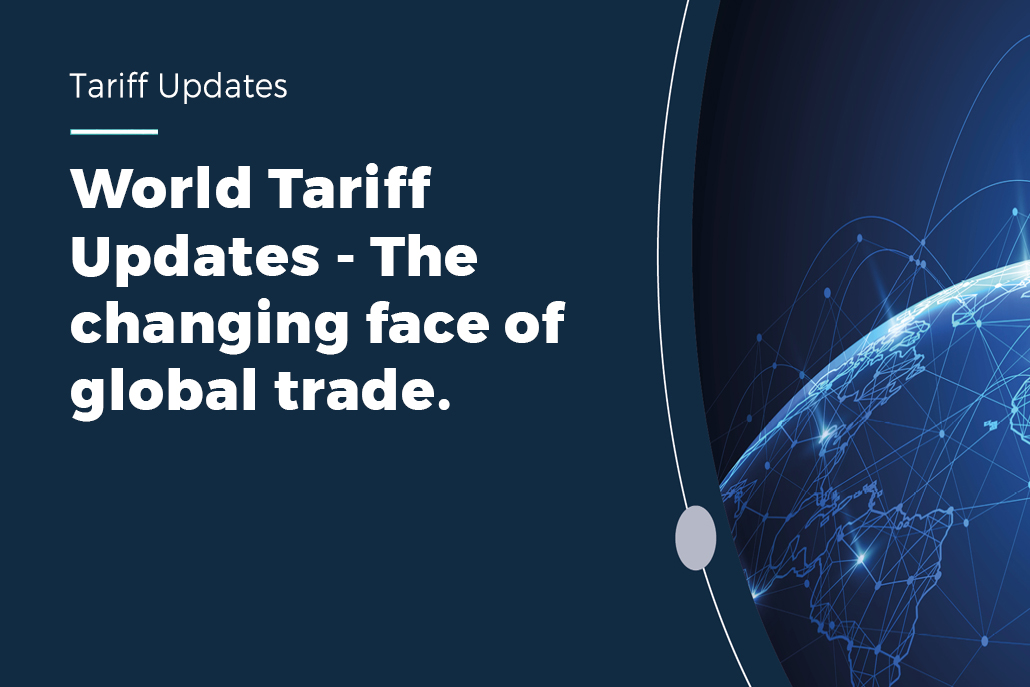Shipment processes and delivery times can make or break a customer’s perception of a brand.
Research shows that 95% of online shoppers expect retailers to solve shipping issues during transit and within the expected delivery timeframe. This is especially true for international deliveries. No pressure!
Missing or inaccurate data that fails to comply with strict international regulations causes customs delays and additional costs. It might seem like a small detail, but writing accurate product descriptions speeds up shipments and creates a positive customer experience.
This article will help you write data-compliant eCommerce product descriptions that clear customs and leave your competitors’ shipments in the dust.
What is a product description for export?
An essential element of export – import procedures, product descriptions detail the contents of your shipment. They state the nature of your goods, including materials, intended user and functionality.
Customs officials need detailed and accurate product descriptions to verify that your goods can enter the country. Different countries have specific regulations and restrictions on importing certain products.
A well-written product description helps them determine the customs commodity code (HS6, Taric etc.) and apply appropriate import duties and taxes at the destination. It also helps authorities evaluate any risks or safety concerns, including potential infringement of intellectual property rights or illegal trade practices.
The product description is included on shipping documents such as the commercial invoice and waybill. Without proper product descriptions, shipments may face delays, additional costs, be returned to origin or even destroyed by customs.
Why are product descriptions important for export?
Data compliance is the key to a seamless shipping process. Accurate product descriptions will save you and your customers time, hassle and money.
Product descriptions assist in classifying goods according to the Harmonised System (HS) – an international standard for categorising products. The HS code determines the import duties and VAT by sending the details to the relevant area of the customs tariff where the details can be found. The wrong HS code could cost you or your customer additional import duties and sales taxes.
Besides streamlining import-export procedures, detailed product descriptions enhance transparency. This information helps customs officials verify the accuracy of the shipment details, resolve any discrepancies and maintain records.
What if you don’t write a product description at all? A missing product description is like a car without petrol – it’s just not going anywhere. Your goods might not even make it through customs clearance.
How to write product descriptions
Learning how to write product descriptions really isn’t that difficult. Just make sure you’re super specific and clear about the contents of your shipment and its intended use. A little forethought at this stage will save you a ton of hassle once your cargo leaves your hands.
Vague product descriptions like ‘parts’, ‘apparel’ or ‘cosmetics’ don’t get far in the customs process. If you were a customer, would you go shopping for a ‘headwear’ or a ‘women’s straw hat’? Similarly, a ‘1,000-piece cardboard jigsaw puzzle’ would have more chance of clearing customs than a ‘game’.
A short and sweet eCommerce product description works well. Just keep it clear and to the point.
What needs to be included in a product description?
Prioritise accuracy when writing product descriptions. Make sure you include:
- What the product is
- What the product is made of
- What it is used for
Imagine you’re the customs official greeted with a product description simply stating ‘chips’. You’ll be left wondering what kind of chips are we talking about? Microchips, crisps, wood chips or some other type of chip? A description like ‘silicon and plastic computer microchip’ would be more useful.
This brings us to another issue. Something as simple as ‘lime towel’ or ‘tiger toy’ could trigger the customs software to pick up on food and wildlife-related words. ‘Large cotton bath towel’ or ‘children’s 50% cotton and 50% polyester soft toy’ are much more descriptive in this situation and can help your goods get through customs.
Accurate product descriptions help you find the correct HS codes. An item can have different HS codes depending on its use and how it was made. For example, a synthetic fibre rug would have a different HS code from a wool rug.
Get help writing product descriptions
As the global demand for online shopping grows, so does the need for fast delivery. Considering 65% of consumers are willing to spend more on deliveries if it means they’ll be faster and more reliable, you should aim to exceed expectations.
Delays are damaging in terms of time, cost, customer retention and reputation. You can’t afford to be complacent when it comes to product descriptions.
Even if you’re a whizz at writing product descriptions, you can still face some challenges. Product classifications are regularly updated, so determining the correct HS code is tricky.
Hurricane’s Kona API automatically matches and assigns the correct HS codes in seconds to provide a seamless shipping experience for retailers. Kona also provides other user-friendly features, from goods screening to tax calculations.
If you have any questions about our customs clearance integrations, please contact us. Our team are more than happy to assist you in finding the best automated customs solution for your business.













